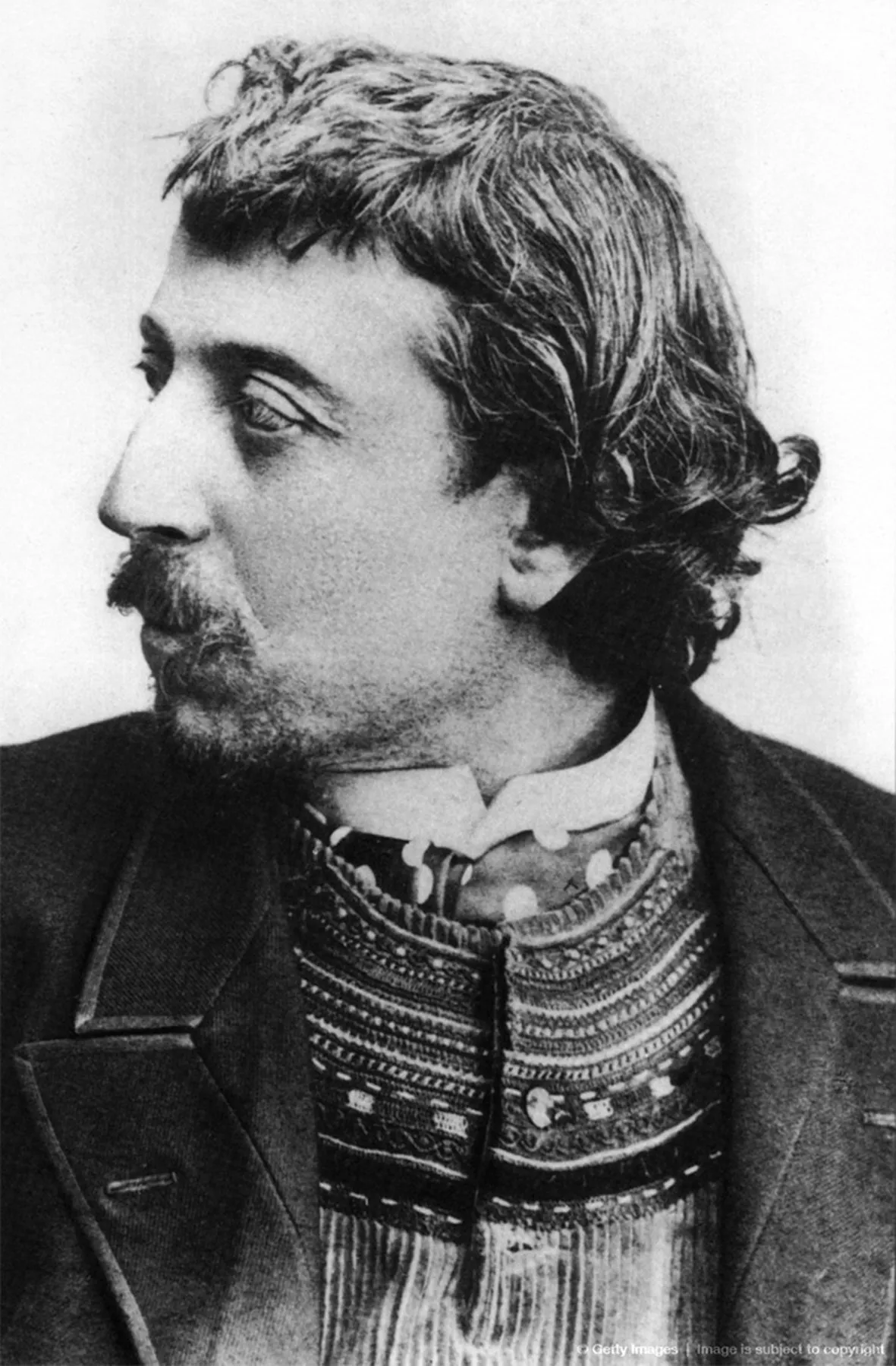
Paul Gauguin (1848–1903) was a French Post-Impressionist artist renowned for his bold use of color, simplified forms, and expressive symbolism. Initially a stockbroker, Gauguin turned to painting in his mid-thirties, seeking to escape European conventions and immerse himself in what he considered more "primitive" cultures. His quest led him to Tahiti and later the Marquesas Islands, where he created some of his most iconic works, such as Where Do We Come From? What Are We? Where Are We Going? (1897). Gauguin's distinctive style, characterized by flat areas of vibrant color and strong outlines, significantly influenced modern art movements like Symbolism and Synthetism. Despite his artistic achievements, his life and work remain subjects of controversy due to his colonial attitudes and relationships with young Polynesian girls. Nonetheless, Gauguin's legacy endures, with his works housed in major museums worldwide, reflecting both his innovative contributions to art and the complex ethical questions they raise.
To provide the best experiences, we use technologies like cookies to store and/or access device information. Consent to these technologies will allow us to process data such as browsing behavior or unique IDs on this site. Not consenting or withdrawing consent may negatively affect certain features and functions.
Market reports for visionary collectors and insiders.